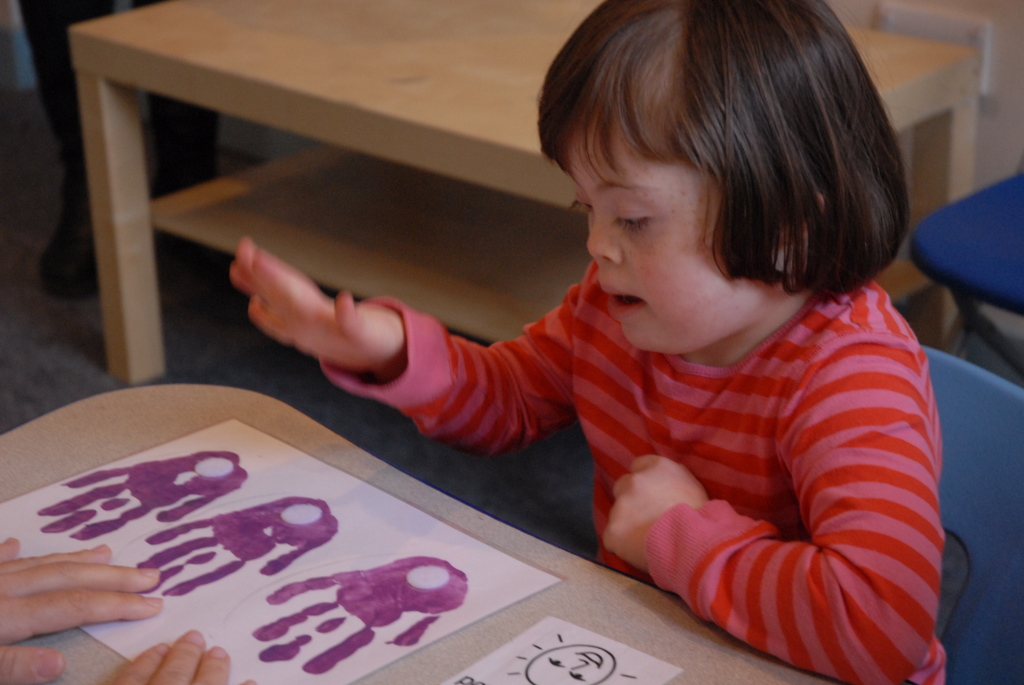Teaching children with learning disabilities
According to the BC Association of School, Learning disabilities refer to a number of conditions. These conditions affect the acquisition, organization, retention, understanding or use of verbal or nonverbal information. This category of disabilities like others varies in severity. While the disability is permanent, it is critical to detect the condition early (Canadian Ministry of Education, 2011).

The principle of teaching children with disability is to ensure early intervention to the problem and support them adapt and fit into society (Canadian Ministry of Education, 2011). Once identified, teachers intervene and use best practices to help the children (Canadian Ministry of Education, 2011). Due to the complexity of disability, there is no common solution (Canadian Ministry of Education, 2011). Teachers take an individualistic approach for each child with a learning disability. For instance, a child with an arithmetic disorder has a different approach to one with a writing disorder. Even though the two share a learning disability, they are of different type and require variant intervention approaches (Canadian Ministry of Education, 2011). The disability may also vary in severity. Other types of learning disabilities include reading disorder, spelling disorder, auditory processing disorder, and visual processing disorder among others (Canadian Ministry of Education, 2011).
Teaching children with learning disabilities require resilience and time to ensure they comprehend (Smith, 2006). Teachers spend more time with children with disability as compared to other students. During lessons, teachers ensure they present the modules of the lesson clearly and in the simplest way possible. Presentation skills and practical guides also make lessons clearer and easier to understand (Gulliford, 1985). It is imperative for teachers to conduct a daily review of the previous lessons (Smith, 2006). Children with learning disabilities get an opportunity to practice and catch up (Smith, 2006). Finally, teachers encourage children with disabilities to take independent study practices and cumulative revision of work previously covered (Smith, 2006).
